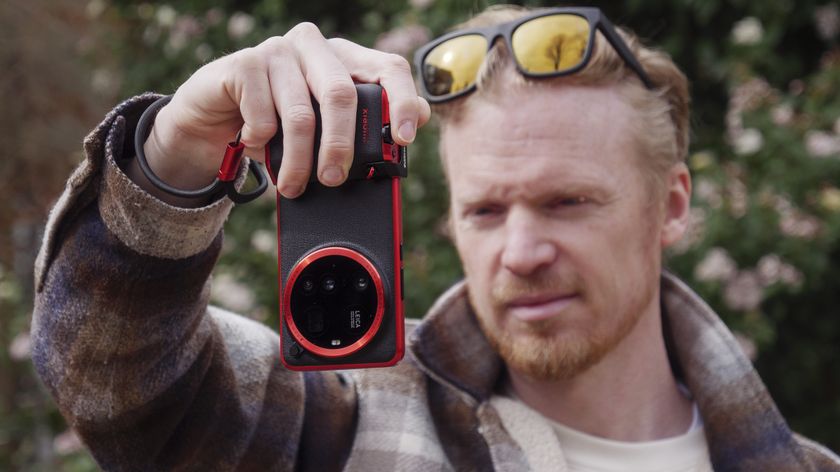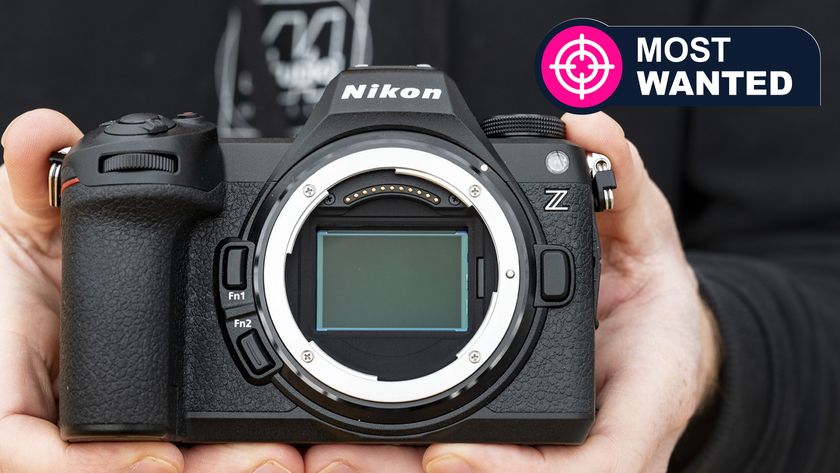The cause is simple. For every single shot you take, the camera's autofocus system will check the focus, even if you're taking an identical shot to the last one. The delay may be long, it may be short. Some cameras quickly spot the subject hasn't moved and confirm focus much faster. Some insist on doing a complete scan of the entire focus range just in case.
Focusing is usually faster at wider zoom settings and slower when you zoom in, but not always. SLRs generally focus faster than compacts and it's also easier to see them 'snapping' into focus because they have a high-quality optical viewfinder. Some compacts, meanwhile, are much faster than others. Sony's Cyber-shot models, for example, respond almost instantly to 'grab' shots in a way that no other maker seems able to match.
Pay no attention, by the way, to manufacturers' quoted 'shutter response' times. These are typically of the order of a ten thousand billionth of a second or some such amount. The point is that this figure does not include the autofocus time. It's about as much use as a car manufacturer telling you how quickly you can push the accelerator to the floor.
Exact timing is crucial to so many photographs. You need the shutter to fire at the exact instant you want it to. And for this you need to use the two-stage shutter release technique. Most digital photographers pick this up pretty quickly anyway, but it's worth repeating.
First, line up the shot and halfpress the shutter release. This 'locks' the autofocus. In other words, you're getting the autofocus delay out of the way before it matters. Second, keep the shutter button half-pressed until the moment is perfect. Now press the button – the shutter will fire instantly.
Preventing blur
There are two main causes of blurred shots: camera shake and faulty focus.
Get daily insight, inspiration and deals in your inbox
Sign up for breaking news, reviews, opinion, top tech deals, and more.
Camera shake happens when the camera moves during the exposure. In theory, there's always going to be some camera movement with handheld shots, but if the camera's shutter speed is high enough, it won't show.
So how do you know if your shutter speed is high enough? The technical answer is that if the shutter speed is slower than the reciprocal of the focal length, camera shake is likely. So if you're using a focal length equivalent to 30mm, say, shutter speeds slower than 1/30sec won't be effective. Or, if you're using a 500mm equivalent lens, you need a shutter speed of 1/500sec.
These are, however, misleadingly precise measurements of something that can vary an awful lot. A general answer is that if you're zoomed out for a wideangle shot, you will probably be fine with a shutter speed of 1/30sec. If you're using a 3x zoom at full stretch, 1/90sec is starting to get marginal, and with a 10x zoom at maximum range, 1/500sec is probably as low as you should go.
Today's cameras try to protect you from yourself by automatically adjusting the lens aperture and ISO to keep shutter speeds 'safe'. If that's not possible, many will show a little 'shake' icon on the LCD to warn you (or fi re the fl ash... arrrgh!). But when you start adjusting the camera settings manually, the camera can't protect you any more and you do have to be aware of the risks of too slow a shutter speed.
You can also get blurred shots because the camera has focused on the wrong thing. Multi-point focus systems are a good idea in principle because it means the camera can focus on subjects which aren't in the centre of the frame. But how do you know what the camera's going to focus on? And is it what you want? Multi-point AF systems typically give focus priority to whatever is nearest the camera, but that's no good if it just happens to be some irrelevant foreground detail.












